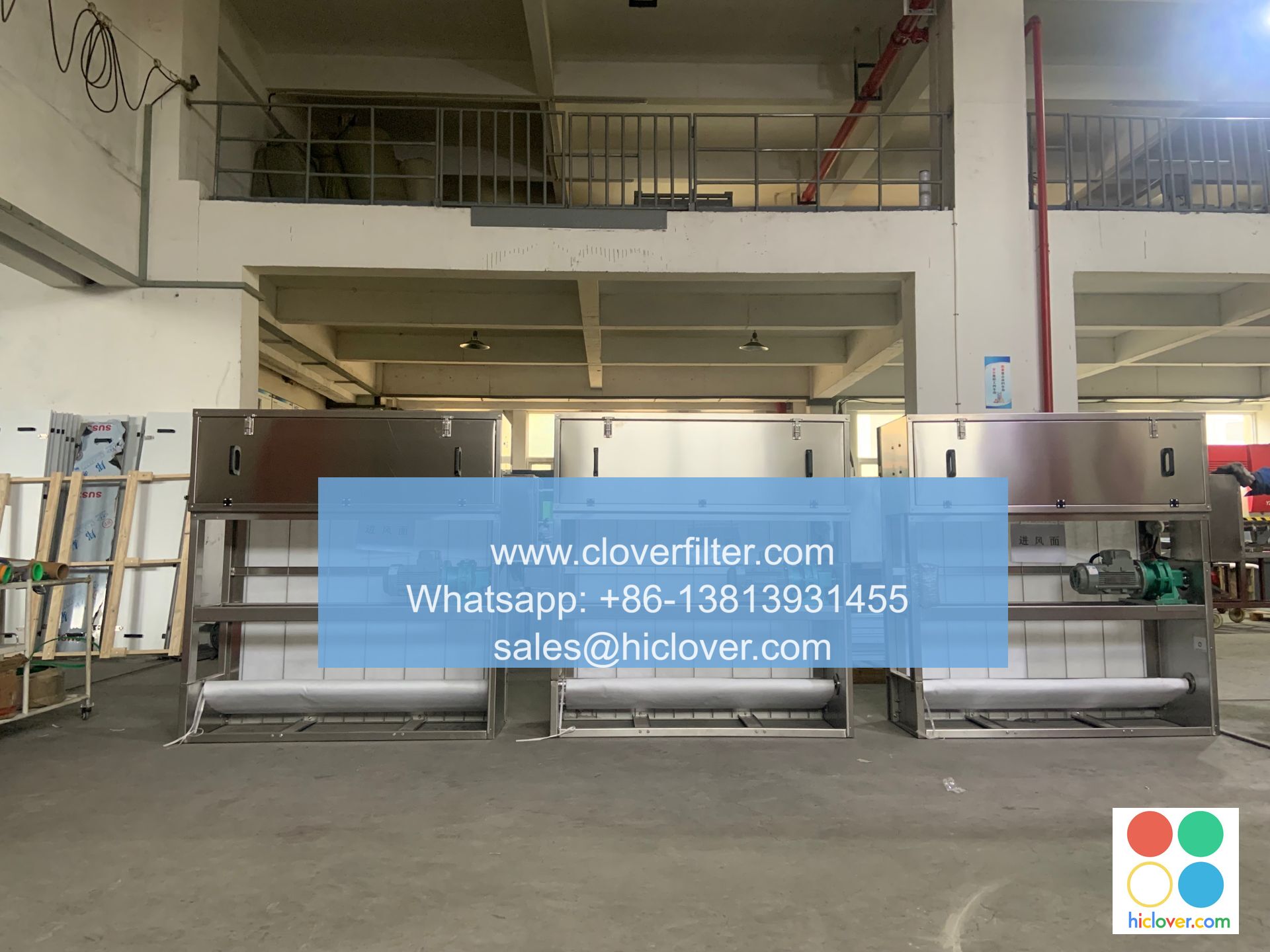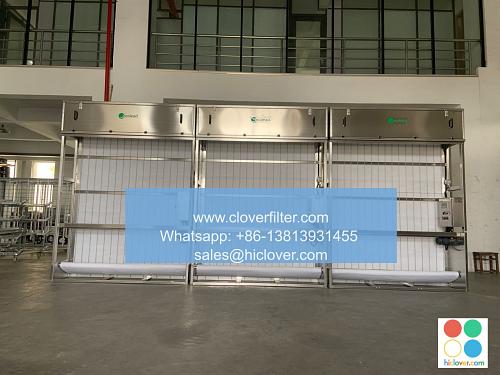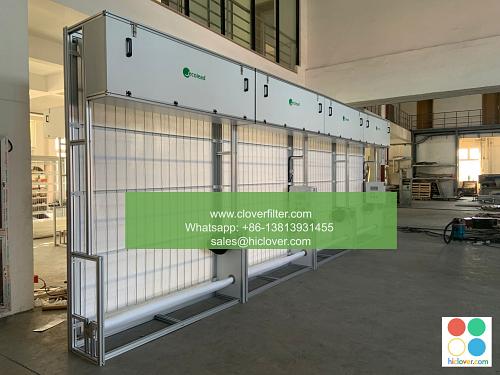Air Filter Installation: A Guide for Homeowners with Large Spaces

As a homeowner with a large space, it’s essential to prioritize indoor air quality to ensure a healthy and comfortable living environment. One crucial aspect of maintaining good indoor air quality is the installation of air filters. In this article, we’ll provide a comprehensive guide on air filter installation, highlighting various application areas and key considerations for homeowners with large spaces.
Understanding the Importance of Air Filters
Air filters play a vital role in removing airborne pollutants, such as dust, pollen, and pet dander, from the air. They also help to eliminate unwanted odors and moisture, creating a cleaner and healthier indoor environment. With a large space, it’s even more critical to have an effective air filtration system in place to prevent the buildup of pollutants and maintain optimal indoor air quality.
Types of Air Filters for Large Spaces
When it comes to choosing air filters for large spaces, there are several options available, including:
- HEPA (High Efficiency Particulate Air) filters: These filters are designed to capture 99.97% of particles as small as 0.3 microns, making them an excellent choice for large spaces with high levels of airborne pollutants.
- Activated Carbon filters: These filters are ideal for removing odors, gases, and chemicals from the air, making them a great option for large spaces with strong odors or high levels of VOCs (Volatile Organic Compounds).
- UV (Ultraviolet) filters: These filters use UV light to kill bacteria, viruses, and other microorganisms, making them a great choice for large spaces with high levels of airborne pathogens.
- Central HVAC systems: Installing air filters in central HVAC systems can help to improve indoor air quality throughout the entire space.
- Room air purifiers: Room air purifiers can be used to target specific areas of the space, such as bedrooms or living rooms, to provide an extra layer of air filtration.
- Whole-house air filtration systems: These systems can be installed to provide comprehensive air filtration for the entire space, removing airborne pollutants and improving indoor air quality.
- Air filter size and type: Choosing the right size and type of air filter for the space is crucial to ensure effective air filtration.
- Airflow and pressure drop: Air filters can affect airflow and pressure drop in the system, so it’s essential to choose a filter that minimizes these effects.
- Maintenance and replacement: Regular maintenance and replacement of air filters are vital to ensure optimal performance and indoor air quality.
- Improved indoor air quality: Effective air filtration can remove airborne pollutants, improving indoor air quality and creating a healthier living environment.
- Increased energy efficiency: Proper air filter installation can help to reduce energy consumption and lower utility bills.
- Extended equipment lifespan: Regular air filter maintenance and replacement can help to extend the lifespan of HVAC equipment and other systems.
Application Areas for Air Filter Installation
Air filters can be installed in various application areas, including:
Key Considerations for Air Filter Installation
When installing air filters in large spaces, there are several key considerations to keep in mind, including:
Benefits of Proper Air Filter Installation
Proper air filter installation can have numerous benefits for homeowners with large spaces, including:
Conclusion
In conclusion, air filter installation is a critical aspect of maintaining good indoor air quality in large spaces. By understanding the importance of air filters, choosing the right type and size, and considering key application areas and installation considerations, homeowners can create a healthier and more comfortable living environment. Remember to prioritize proper maintenance and replacement of air filters to ensure optimal performance and indoor air quality. With the right air filtration system in place, homeowners with large spaces can enjoy improved indoor air quality, increased energy efficiency, and extended equipment lifespan. Prompt


